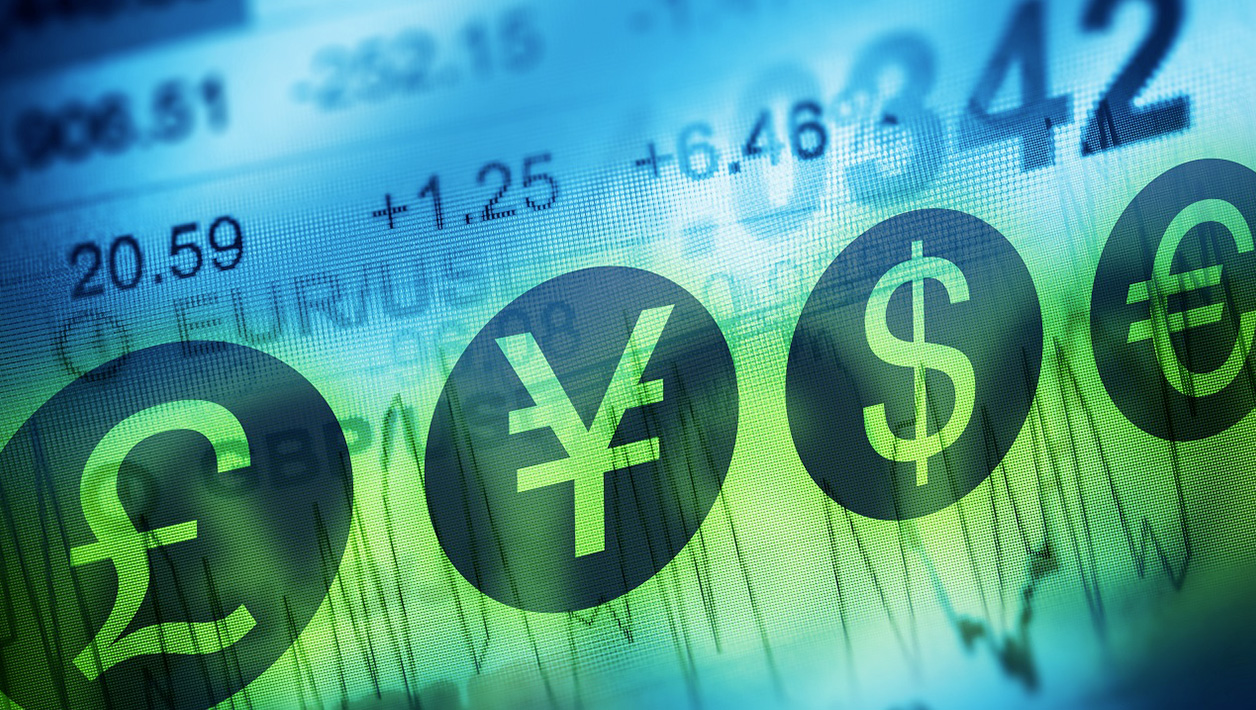If you’ve ever traveled abroad and noticed your money being worth more—or less—than you expected, you’ve already experienced the power of currency markets. Known as foreign exchange (forex), this is the largest financial market in the world, with daily trading volumes exceeding $ 7.5 trillion as of 2022 according to the Bank for International Settlements. For retail investors, understanding why exchange rates move and how to hedge forex risks is not just about international travel—it’s about protecting and potentially boosting your investment returns.
Why Exchange Rates Move
Currency values are not fixed; they constantly shift due to a mix of economic, political, and market forces. Among the most important drivers are:
- Interest Rates and Central Banks: When the U.S. Federal Reserve raises rates, the dollar often strengthens because investors seek higher yields. Similarly, a rate cut in the Eurozone can weaken the euro.
- Inflation and Economic Growth: Low inflation and strong GDP growth tend to support a currency’s value. For example, in 2021, the Canadian dollar rallied as commodity prices rose, boosting Canada’s growth outlook.
- Geopolitical Events: Political uncertainty or global crises push investors toward “safe haven” currencies like the U.S. dollar, Swiss franc, or Japanese yen. During the early stages of the COVID-19 pandemic, the dollar surged despite turmoil in U.S. markets.
- Speculation and Market Sentiment: Roughly 90% of forex trading is speculative, meaning traders buy and sell currencies based on expectations rather than goods or services trade flows. This can create rapid, sometimes unpredictable price swings.
The Impact on Everyday Investors
You don’t need to be a professional forex trader to feel these movements. Exchange rates affect international stock holdings, global bond investments, and even multinational companies whose profits depend on foreign revenue. For example, a U.S. investor who bought shares of a European company could see their returns shrink if the euro weakens against the dollar—even if the stock itself performed well locally.
That’s why many retail investors underestimate the importance of currency risk in their portfolios. Research suggests that unmanaged currency fluctuations can reduce international equity returns by up to 3% annually over the long term.
How to Hedge Forex Risks
Hedging is about reducing uncertainty. While retail investors don’t always have access to the same tools as institutions, there are still practical ways to manage forex risk:
- Currency-Hedged ETFs: These funds invest in foreign assets while using derivatives to offset currency fluctuations. They’re ideal for those who want international exposure without the volatility of exchange rates.
- Forward Contracts and Options: More advanced investors can use forward contracts to lock in exchange rates or currency options to cap potential losses. These are common in corporate finance but are increasingly accessible through brokerage platforms.
- Diversification: Spreading investments across multiple currencies naturally reduces reliance on any single exchange rate. Holding both U.S. and European assets, for instance, can balance dollar and euro fluctuations.
- Cash Flow Management: For expats, freelancers, or small businesses operating across borders, simply aligning expenses with income in the same currency can minimize exposure.
A Balanced Approach to Forex Risks
The currency market is too big and too fast-moving for anyone to control, but that doesn’t mean retail investors are powerless. By understanding the factors behind exchange rate fluctuations and using accessible tools like currency-hedged ETFs or diversification, you can reduce the impact of forex risks on your portfolio.
Rather than trying to predict every currency swing—something even professionals struggle with—the smarter path is to build resilience into your investments. That way, exchange rates become less of a threat and more of an opportunity to enhance long-term returns.

